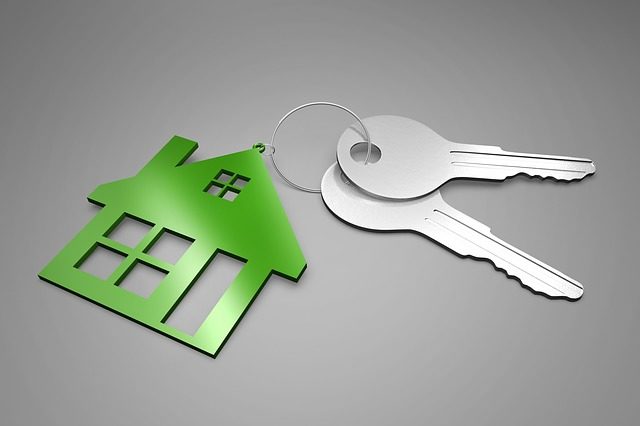Hey again and thank your for visiting SellMyMortgageNoteForCash.com. Today, this blog about how to create the perfect note could be one of the best blog posts ever so pat yourself on the back for reading this one.
I know I know.. you think I’m exaggerating. Well… you couldn’t be more wrong when it comes to selling a mortgage note.
The 10 – 10 – 10 mortgage note principle or what I sometimes like to call the Power of 10 is probably one of the most important factors in maximizing your note value. There’s even a video tutorial on what I mean.
In the meanwhile, let me explain What exactly am I talking about when I mention the power of 10 or more accurately 10 – 10 – 10?
The three 10s refer to the following 3 factors which play a crucial role in determining a mortgage notes value.
#1 – Down Payment
#2 – Interest Rate
#3 – Repayment Term
Here’s why the number 10 is so important when it relates to those 3 factors for a mortgage note.
In a perfect world, you would be creating a brilliant mortgage and maximizing its value if you could pay attention to the number 10 for the above 3 factors.
Here’s what I mean.
First things first, you want to create a morgage note where the buyer/borrower puts at least 10% down on the property.
Second, you would be creating a very attractive mortgage note for sale if you could get the borrower to pay a 10% interest rate.
And…
Thirdly, if you can get the term of the mortgage loan to be no more than 10 years, you have in essence hit the trifecta of creating a mortgage note with great value.
Of course it may be difficult to create a mortgage note with all 3 factors in place but if you are in a position to create a mortgage note and you want something to shoot for, always remember the 10-10-10 principle and it will always steer you in the right direction.
So there you have it. The perfect recipe to create a mortgage note of maximum value to the open mortgage note buyers out there. I hope you enjoyed this latest post from Sell My Mortgage Note For Cash.


